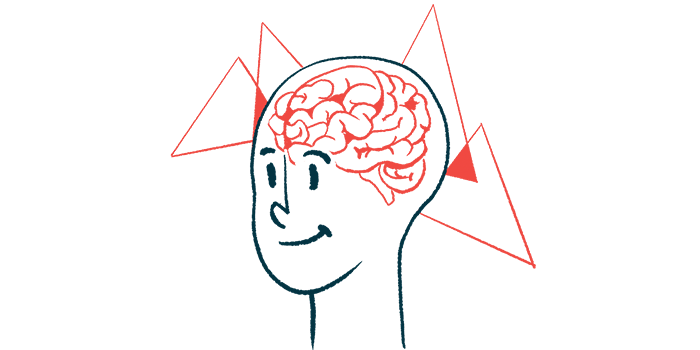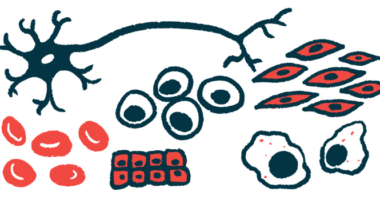Cell Atlas of Motor Cortex, Brain Region That Controls Movement, Created

A detailed atlas of the various types of cells that populate the motor cortex, the brain region that controls voluntary movement and is damaged in people with amyotrophic lateral sclerosis (ALS), was created by a worldwide consortium of researchers.
The long-term goal of the group, which involves hundreds of scientists, is to create a cell atlas of the entire brain to better understand diseases affecting it and to develop more effective treatments.
Their motor cortex cell atlas is described in a special collection of 17 scientific studies published in the journal Nature.
“The mapping of the motor cortex can lead to a better understanding of diseases where neurons that control our movements are attacked, such as ALS,” Sten Linnarsson, PhD, a professor of molecular systems biology at the Karolinska Institutet in Sweden and co-author of several of the articles, said in a press release.
ALS is characterized by the death of motor neurons, the specialized nerve cells that control voluntary movements. These nerve cells send signals from the brain to the spinal cord and then to muscles.
Primary motor neurons are located in the motor cortex, the region of the brain involved in the planning and execution of voluntary movements. While the motor cortex plays a central role in movement, the process involves millions of neurons in different parts of the brain.
To better understand this process, a detailed analysis of different cell types in the motor cortex of humans, mice, and marmoset monkeys was analyzed by a research consortium as part of the BRAIN Initiative Cell Census Network (BICCN).
Their work was mainly funded by the National Institute of Mental Health in the U.S., which is part of the National Institutes of Health (NIH). The NIH launched the BICCN in 2017.
“In order to understand how the brain works and what goes wrong when we suffer from disease, we need to start by looking at the brain’s most important building blocks, the cells,” Linnarsson said. “Once we have created a catalogue of all cell types that together form our brains, we can learn more about how they interact with each other in a system.”
In the consortium’s flagship study, “A multimodal cell census and atlas of the mammalian primary motor cortex,” scientists first divided the millions of neurons and other cell types of the motor cortex into different categories. They then used a variety of methods to measure the properties of individual cells.
Researchers examined the activity of a complete set of genes within cells and where they are located, the three-dimensional shape of the cells, their electrical properties, and how they connect to neighboring cells.
This work revealed an interconnected genetic landscape of cell types that integrated their gene expression (activity), as well as commonalities of gene expression that are similar from mouse to marmoset and human. Examining gene expression at the single-cell level provided locations for cell types within the motor cortex to create an atlas, and how specific gene activity dictated neuron characteristics, such as their physiological and anatomical properties.
A detailed comparison of these species was reported in the study, “Comparative cellular analysis of motor cortex in human, marmoset, and mouse.”
Here, using large-scale gene expression profiling of more than 450,000 single cells, the team demonstrated that most cells in the motor cortex have conserved counterparts in all three mammal species. Moreover, just a few genes and regulatory mechanisms were responsible for these similarities.
Differences among the species were related to the proportion of cells, their shapes and electrical properties, as well as single genes that are active or inactive.
Classification from gene expression also allowed for measurements of electrical signals, genetic analysis, and anatomy of human Betz cells — large motor neurons that communicate with the spinal cord and are damaged in ALS.
These findings highlight the molecular mechanisms related to cell-type diversity across mammals, and describe the gene and regulatory pathways responsible for cell function by type and their changes between species.
“But the project doesn’t end here,” Linnarsson added. “Together we will continue to map other areas of the brain until we have a complete cell atlas of the entire human brain.”







